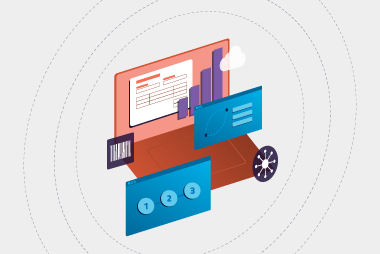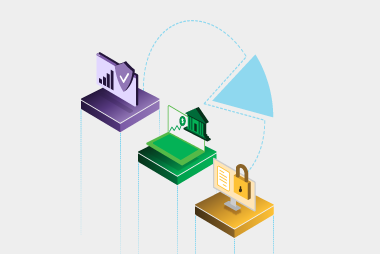Get your relevant teams involved
When you’re going through the implementation stages of EDI, it’s important to have a core team that includes a representative from all relevant departments of the business. Having all teams involved in the EDI process ensures communication and transparency of the EDI project. It also ensures understanding and consistency of the objectives and goals of the project.Be clear on your requirements
Clearly defining your requirements as well as your trading partners’ requirements is key. Some things to think about are:- How you’ll connect to your VAN, whether that’s by sFTP, an API, AS2 or something else.
- What file format your software exports and imports
- What file format you’ll exchange with your trading partners
- If you require any business rules, validations or data enrichment.
Have a plan for onboarding
Planning ahead for the onboarding stage of implementation is important to ensure success. If you’re onboarding your suppliers, make sure you segment them according to the goals you’ve set. This might turn out to be segmenting by capability, or order volumes. Each segment needs to have tailored communications that relates to them. If you’re a supplier onboarding to EDI, think about how you will comply with your partners’ requirements. If you’re not using EDI, you’ll need to look at either a web portal solution or an integrated solution. We go over what might be best for you in our blog here.Testing with your EDI provider and trading partners can take time
During testing, the best thing you can do is be as prepared as possible. This means having a team that is set to do the testing. They will send and receive messages back and forth, but the faster they can respond, the quicker testing will be completed. To relieve pressure on retailers who are onboarding suppliers, MessageXchange provides a message compliance testing (MCT) tool. This automates the testing process for you so suppliers can login to a portal and go through the testing process themselves. This reduces the need for retailer teams to be following up with suppliers. The tool allows suppliers to:- generate realistic POs in the format they would receive in production, complete with their GLN, vendor number and products.
- upload messages they would send to you in production, like shipping notices, invoices, control messages and even SSCC labels for you to check.
Request a call
Chat with one of our experts
Just fill out your details below and we'll be in touch within one business day.

